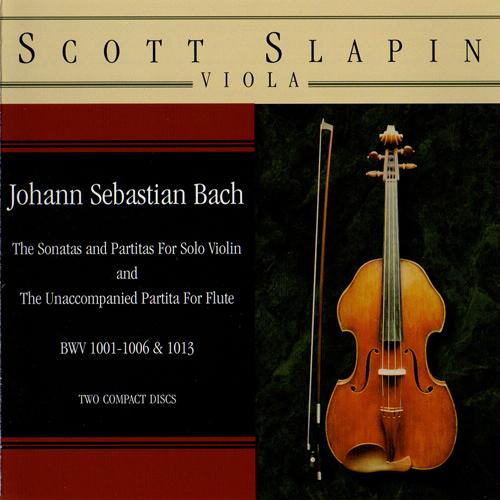=====================================================================
This week’s
podcast explores ballet in the context of opera. Opera, as I’ve discussed in
past musings, has to be viewed as the culmination of music, song and stage, so
it should come as no surprise that dance episodes and numbers intended for a
corps de ballet have a place in grand opera.
Of
p[particular note, the Paris Opera Ballet had its origins in the earlier dance
institutions, traditions and practices of the court of Louis XIV. Of particular
importance were the series of comédies-ballets created by Molière with, among
others, the choreographers and composers Pierre Beauchamps and Jean-Baptiste
Lully. The 18th century saw the creation of an associated school, now referred
to as the Paris Opera Ballet School (École de Danse de l’Opéra de Paris), which
opened in 1713. The operas of Rameau, and later Gluck, raised standards for the
dancers. Jean-Georges Noverre was a particularly influential ballet master from
1776 to 1781. He created the ballet Les petits riens in 1778 on Mozart's music.
Two
selections in our podcast, from Massenet and Gounod, are elaborate ballet
sequences inserted within the opera, specifically intended for the Paris Opera
ballet. Selections from operas by Smetana, and Berlioz I consider more as dance
episodes or dance interludes often heard in concert as stand alone “bonbons”.
Sometimes,
ballet companies commission choreographies against opera music. For example, in
the 1970’s, les Grands Ballets Canadiens toured internationally with their own
vision of The Who’s rock opera Tommy. I think it’s in that context that we need
to consider Les Patineurs (The Skaters) a ballet choreographed by
Frederick Ashton to music composed by Giacomo Meyerbeer and arranged by
Constant Lambert. It was first presented by the Vic-Wells Ballet at the
Sadler's Wells Theatre, London, on 16 February 1937.
The
inspiration for the work came from Constant Lambert, who was music director of
the Vic-Wells Ballet during the 1930s and who exercised a major influence on
the artistic as well as musical direction of the company. To create the score
he chose vocal and dance numbers from two Meyerbeer operas, Le prophète and
L'Étoile du Nord, and linked them into an irresistibly cheerful score.
I think you will love this music too.



:format(jpeg):mode_rgb():quality(90)/discogs-images/R-3941329-1350329248-3929.jpeg.jpg)

:format(jpeg):mode_rgb():quality(90)/discogs-images/R-1168214-1201007619.jpeg.jpg)


